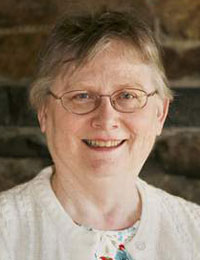The map
 Many people enjoy fishing, but not as many enjoy cleaning the catch. That is why we all have piles of research sitting waiting to be compiled into finished accounts. In some cases we may have entered our data into a genealogical database, but as nice as they are for sorting a multitude of facts, there is still no replacement for a well-written genealogical story.
Many people enjoy fishing, but not as many enjoy cleaning the catch. That is why we all have piles of research sitting waiting to be compiled into finished accounts. In some cases we may have entered our data into a genealogical database, but as nice as they are for sorting a multitude of facts, there is still no replacement for a well-written genealogical story.
Few of us enjoyed English composition in school (do they still teach it?), and with texting and tweeting the art of complete sentences is dying. I happen to like writing, have a little training, and through years of experience am getting better at it, but I can see the “deer in the headlights” look in the eyes of many researchers when they are faced with the idea of “writing” their genealogy. Continue reading Composition: Part One
